In daily life, our feet bear the responsibility of supporting our entire body weight and enabling walking and running. The foot pressure distribution system, as an advanced health monitoring tool, is quietly changing our understanding of foot health.
It not only accurately captures and analyzes the pressure distribution across different areas of the foot during walking and standing but also reveals the secrets to healthy walking, effectively preventing and improving foot and lower limb-related diseases.
So, what is the working principle of the foot pressure distribution system? Let's uncover its mysteries.
The foot pressure distribution system, as the name suggests, uses a high-sensitivity sensor array placed on special insoles or measurement platforms to capture and record the pressure distribution data across different areas of the foot during walking and standing in real-time.
These sensors act like "miniature detectives," detecting minute pressure changes and converting this data into intuitive images or numerical reports, allowing users and healthcare professionals to clearly understand the detailed pressure patterns on the foot.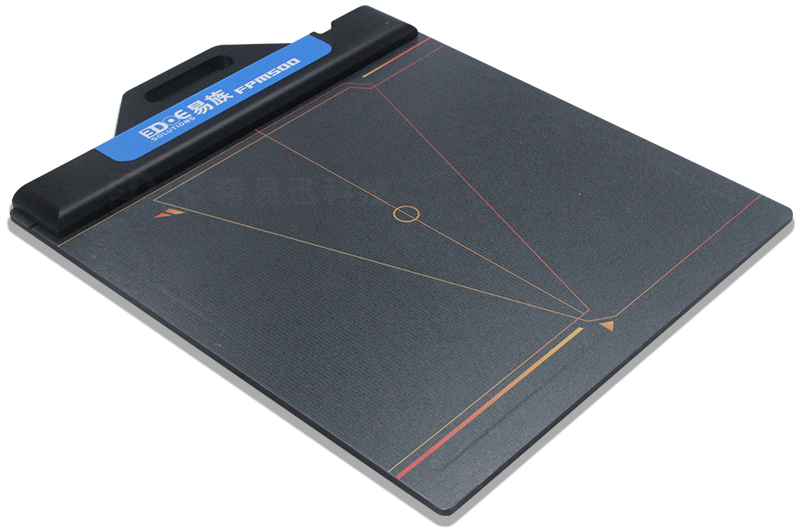
Imagine, when you walk with insoles equipped with sensors, each step seems to "tell" the system about your foot health status. The system captures the pressure in various regions of the foot and generates a detailed pressure distribution map. This map not only shows the pressure levels across different parts of the foot but can also reflect abnormal characteristics in gait, such as uneven stride length, gait cycle irregularities, or foot pronation/supination.
These abnormal characteristics often signal lower limb biomechanical imbalances or potential health issues. Through the analysis of the foot pressure distribution system, we can detect them early and take appropriate intervention measures.
So, what benefits does the foot pressure distribution system bring us?
Firstly, it helps prevent foot diseases. For diabetic patients, foot ulcers are a common complication. Regular use of the foot pressure distribution system can help detect high-risk areas early, allowing for pressure-relief measures, such as customized insoles or shoes, to effectively redistribute pressure and prevent ulcers.
For patients recovering from foot fractures or arthritis, the foot pressure distribution system provides objective data to help doctors evaluate treatment effectiveness and adjust rehabilitation plans.
Secondly, the foot pressure distribution system can improve our walking comfort and athletic performance. Based on the pressure distribution characteristics, we can customize insoles or shoes to effectively disperse pressure, enhance walking comfort, and reduce fatigue and pain caused by prolonged walking or standing.
For athletes, good gait is crucial for improving performance and reducing injuries. By analyzing the pressure distribution, we can optimize running, jumping, and other movements, thereby enhancing athletic performance.
Additionally, the foot pressure distribution system has vast potential for future applications. With the continuous integration of technologies like artificial intelligence and big data, the system will become even more intelligent and personalized.
In the future, it will not only monitor and provide early warnings for potential health issues but also use smart algorithms to offer personalized health advice and intervention plans, truly achieving the goal of "preventing diseases before they happen."
The foot pressure distribution system, with its precise data analysis and scientific gait evaluation, opens the door to healthy walking for us.

 +86-0755-86131192
+86-0755-86131192 2024-11-07
2024-11-07 Back to list
Back to list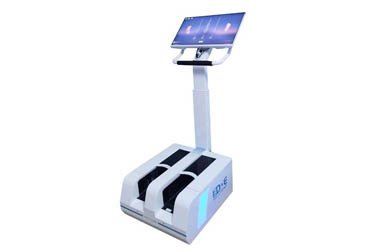
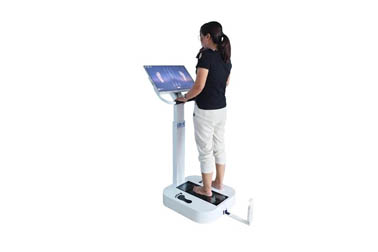
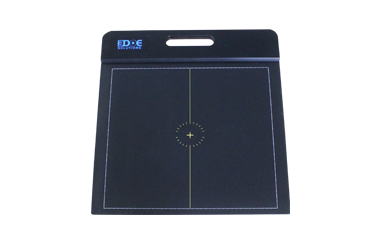
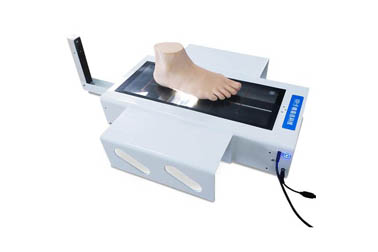
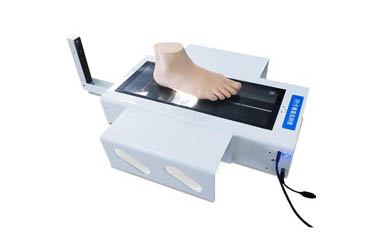
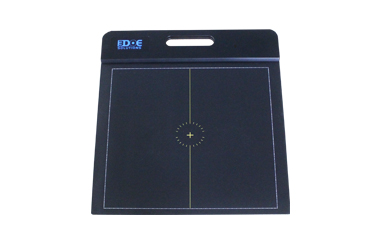



 +86-0755-86131192
+86-0755-86131192